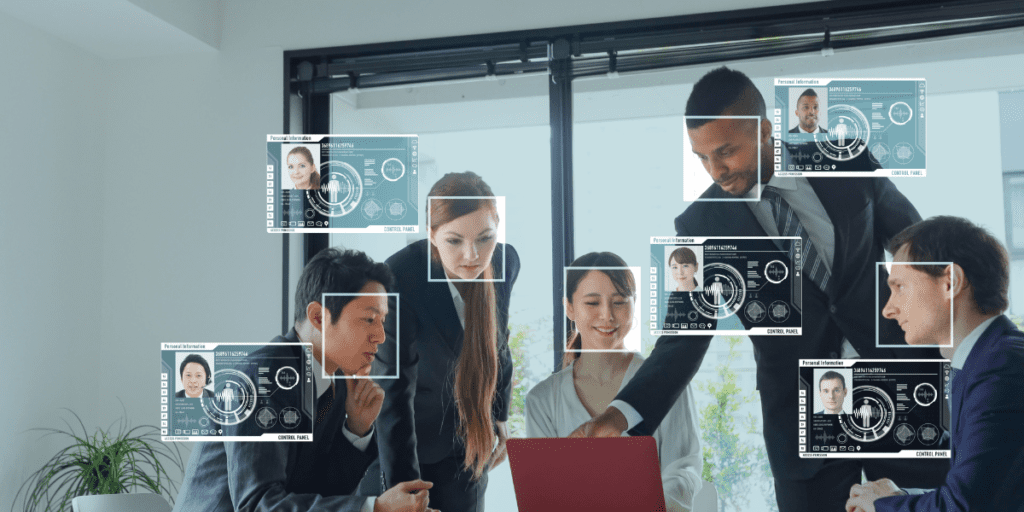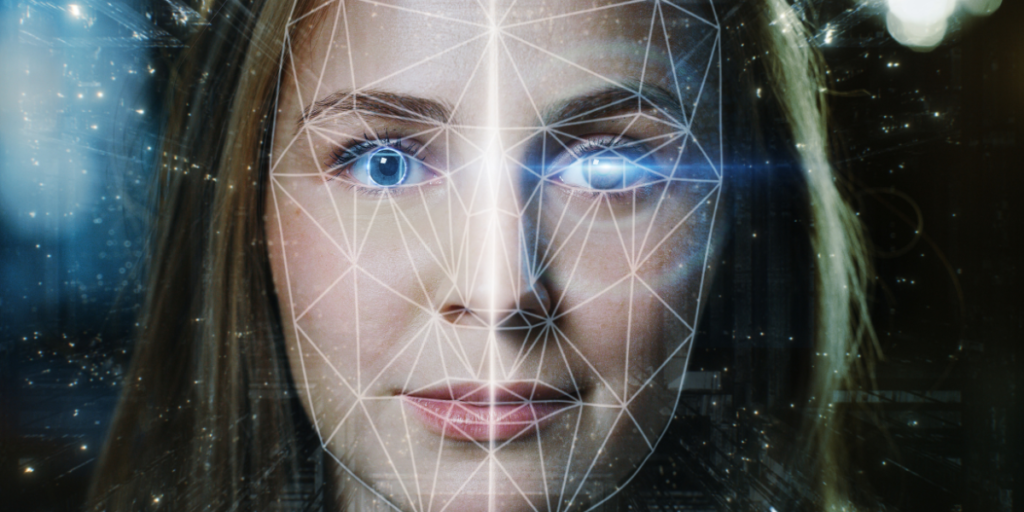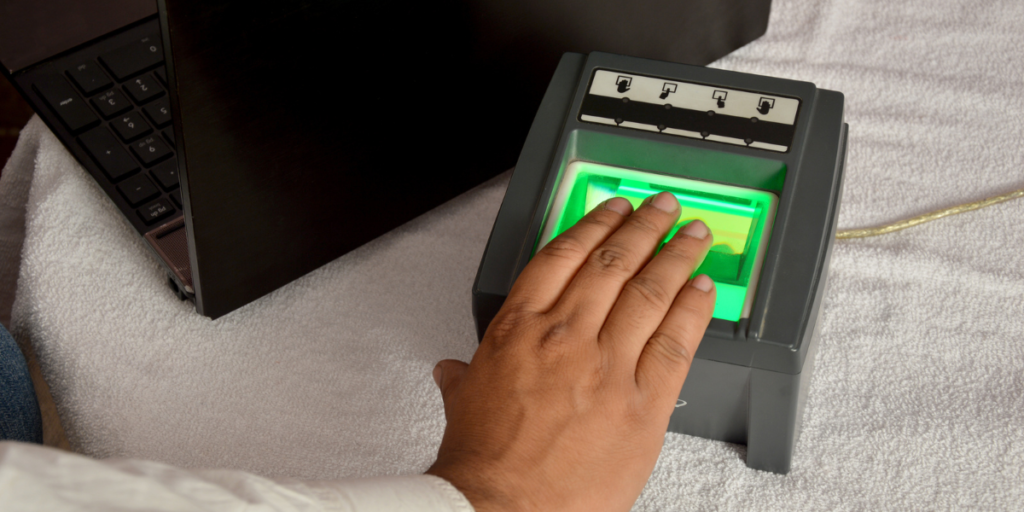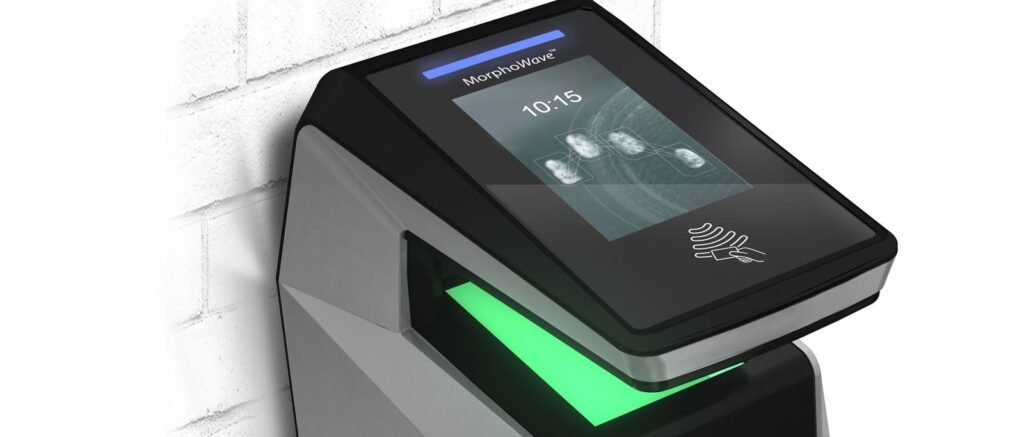How AI is making biometric face and voice recognition more secure
At Arana Security, many of our products including our facial recognition solution, integrate the latest advances in artificial intelligence (AI) with biometrics to ensure high levels of security without compromising on ease or speed of access. In this article, we take a look at how recent AI innovations have vastly improved biometric technology through voice and face recognition security measures. In an increasingly digital world where technology advances rapidly every year, securing organisations against cybercrime is a global concern. In recent years we have witnessed major data breaches at some of the largest companies in the world including Facebook, Amazon and Microsoft, where millions of customers’ private data were exposed. According to data provided by the Identity Theft Resource Center, from January to September 2021, 281 million people were affected by ongoing data leaks and breaches. In the first half of 2021 alone, scammers stole £754 million – a 30% increase from the same period a year before. These relentless cyber-attacks have driven innovation in biometric technology to protect organisations against ever-advancing threats. Improvements in artificial intelligence with biometric face and voice recognition technology are one of the ways that organisations have been able to grow and adapt to the threat of cyber criminals finding new ways to manipulate the security in place. AI and deep learning In simple terms, artificial intelligence is the ability of a computer to perform tasks that would normally require human intelligence. Machine learning and deep learning are vital functions of AI that imitate the pattern creation and processing power of the human brain to make decisions. This capability of machine learning without human supervision is what makes AI unparalleled for improving biometric technology and security solutions. AI and facial recognition biometrics Facial recognition technology has exploded since its integration as a key feature in the security of smartphones, with the market estimated at $3.8 billion in 2020 and projected to grow to $8.5 billion by 2025. The technology has become more advanced and more secure than ever, with AI advances in augmented reality and machine learning improving technology and its ability to recognise human facial features. The COVID-19 pandemic fueled the growth of this biometric technology, with facial recognition becoming increasingly difficult with the introduction of face masks on a large scale. AI-based 3D biometrics are capable of searching vast databases of faces and comparing them with other faces in an image or video almost instantly, with a 99.5% accuracy rate. This means that AI could overcome these identification issues by matching the face of a subject with an image in the database, even if they are wearing a facemask. This is done by breaking the human face into various data points, for example, the distance between the eyes or the height of the cheekbones. The AI uses these data points to account for variations including things like distance from the camera, or different angles of the person’s face. Without the integration of AI, facial recognition was much less secure against hacking with images of a person\’s face or a person who looked similar. Machine learning has helped mitigate these risks with various anti-spoofing methods. AI and voice recognition biometric technology Like facial recognition biometric technology, the voice recognition market has experienced huge growth, valued at $10.7 billion in 2021, with projections of a 16.7% increase between 2021 and 2026. Voice recognition has boomed since smart devices like Google Home, Amazon Alexa and ‘Siri’ on the iPhone, came onto the market. Voice recognition has helped overcome issues with traditional authentication systems, where passwords and logins are forgotten, in situations (like in a car) where hands-free capabilities are needed for safety and to secure individuals and organisations against fraud. Recent AI deep learning research has improved biometric voice recognition dramatically, with the technology moving close to human accuracy. AI voice authentication analyses speed, accent, volume, style, language and pitch in voice identity verification, creating a unique speech template for an individual. As these advances in AI and biometric technology have continued, voice recognition technology has become more sophisticated and its use has evolved from basic home assistants to applications for privacy and security. For example, organisations are employing voice biometrics to mitigate telephone fraud, where criminals are impersonating customers over the phone. Phone systems have historically been an area where security is more easily breached which has resulted in IDs being stolen, funds diverted and company data being exposed. With AI helping to create unique voiceprints with high levels of accuracy, these types of fraud will be much easier to prevent. The security of both facial and voice recognition biometric technology has been greatly improved and secured with the rapid advance in AI. A recent IBM study revealed that almost 25% of industries will have already implemented AI-based security and 40% plan to. If you are interested in protecting your business with the latest biometric security solutions, book a 30-minute consultation today.
How AI is making biometric face and voice recognition more secure Read More »






